Full Water Damage Services
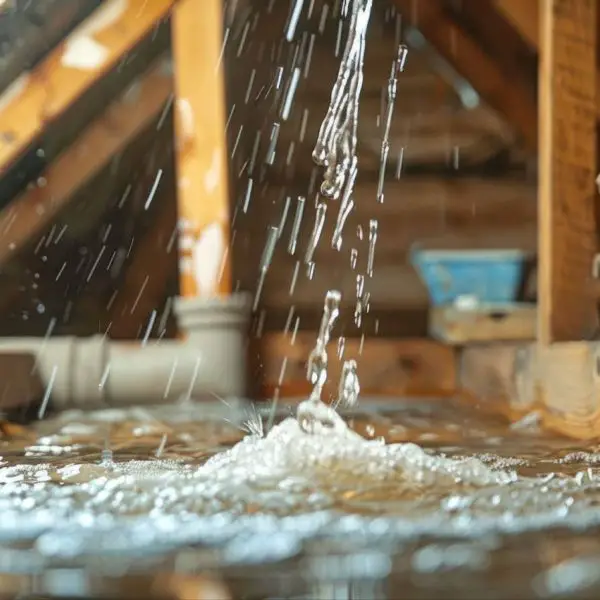
Water damage has a habit of striking without warning, turning your property into a potential disaster zone. The most common causes usually stem from a burst pipe, a faulty appliance, or extreme weather – either way, swift and decisive action is required to prevent further harm and expense.
Our highly reputed water damage restoration service is designed to quickly restore your property to its original condition, resulting in safety and comfort for you and your family.
Our experienced water damage company specializes in providing a full range of water damage services designed to address any situation, however hopeless it may first seem

Water Damage Removal
We respond quickly to remove standing water using the latest advanced tools like industrial vacuums and pumps.

Water Damage Repair
From repairing your property's drywall to restoring flooring to its previous glory, we are fully equipped to handle your home’s recovery.
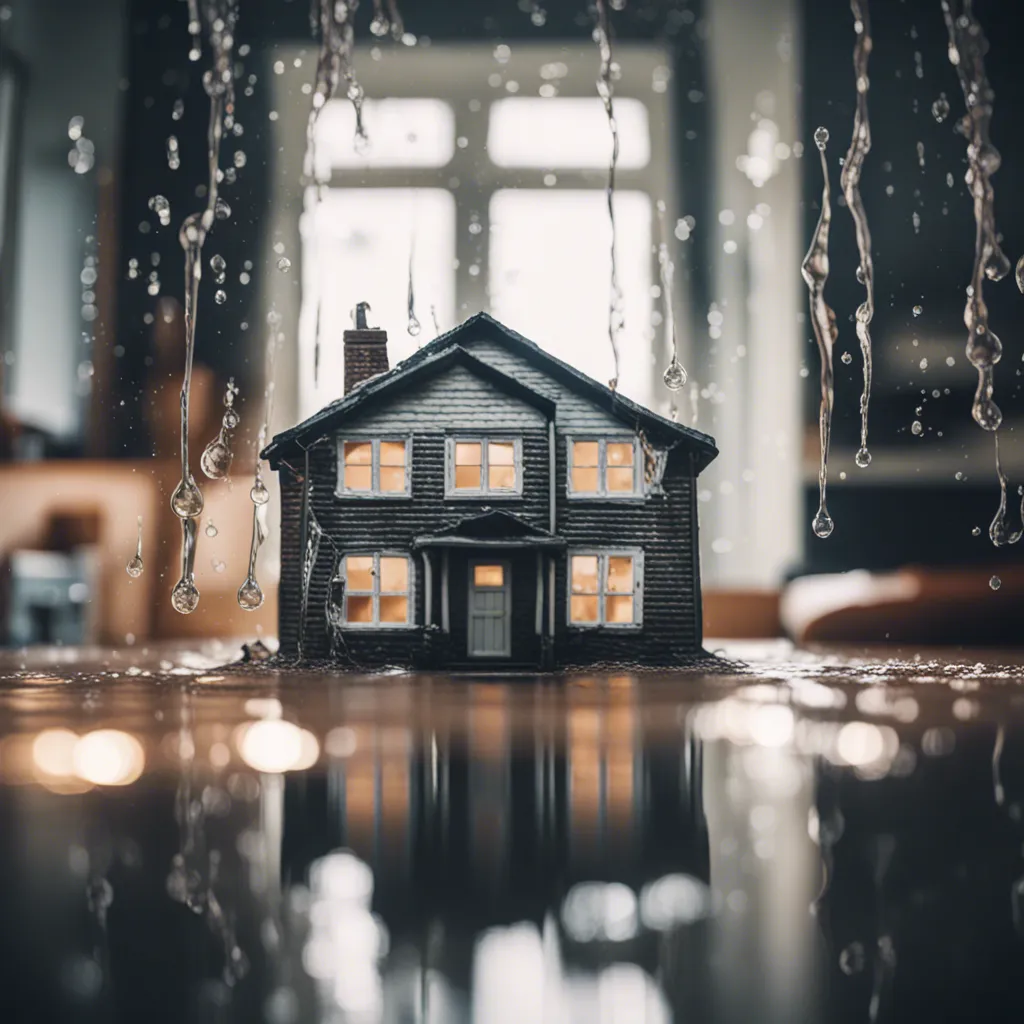
Water Damage Remediation
We are highly skilled at eliminating excess moisture to prevent mold growth and further structural issues, further down the line.

Water Remediation
Our advanced moisture control and state-of-the-art drying techniques ensure no hidden water lingers within your property.
From minor leaks to major floods, Wet Reset has the expertise and experience to manage water damage restoration services with a minimum of disruption.
Why Choose WetReset for Water Damage Restoration Services?
Choosing a water damage company to restore your home to its former glory is critical to successful repair. Here’s what makes our team different from others:
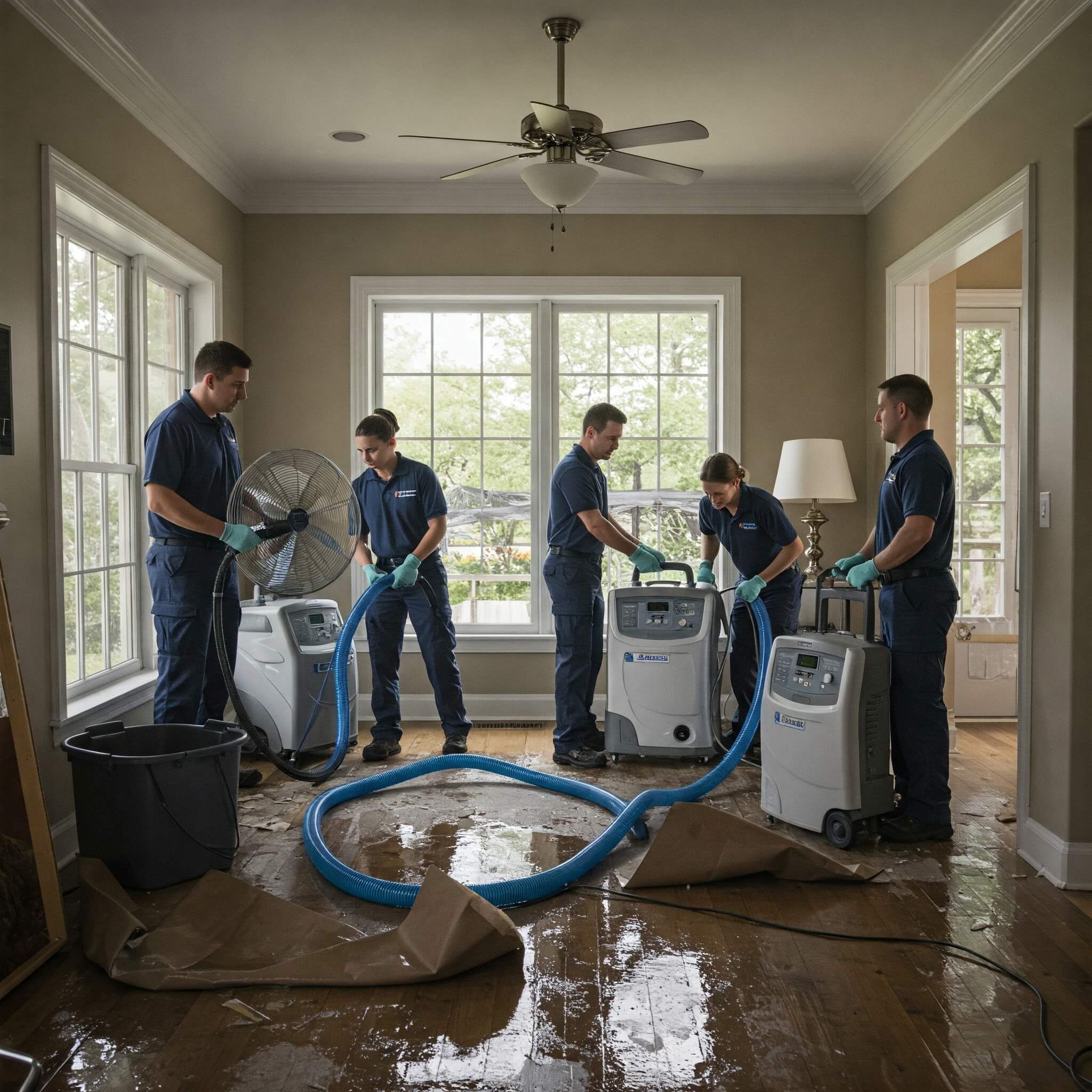
Expertise You Can Count On
With years of experience in the industry, our certified water damage repair professionals boast a deep knowledge of the various complexities of water damage restoration. From water extraction to long-term repairs, we’ve seen and solved pretty much everything you can imagine.
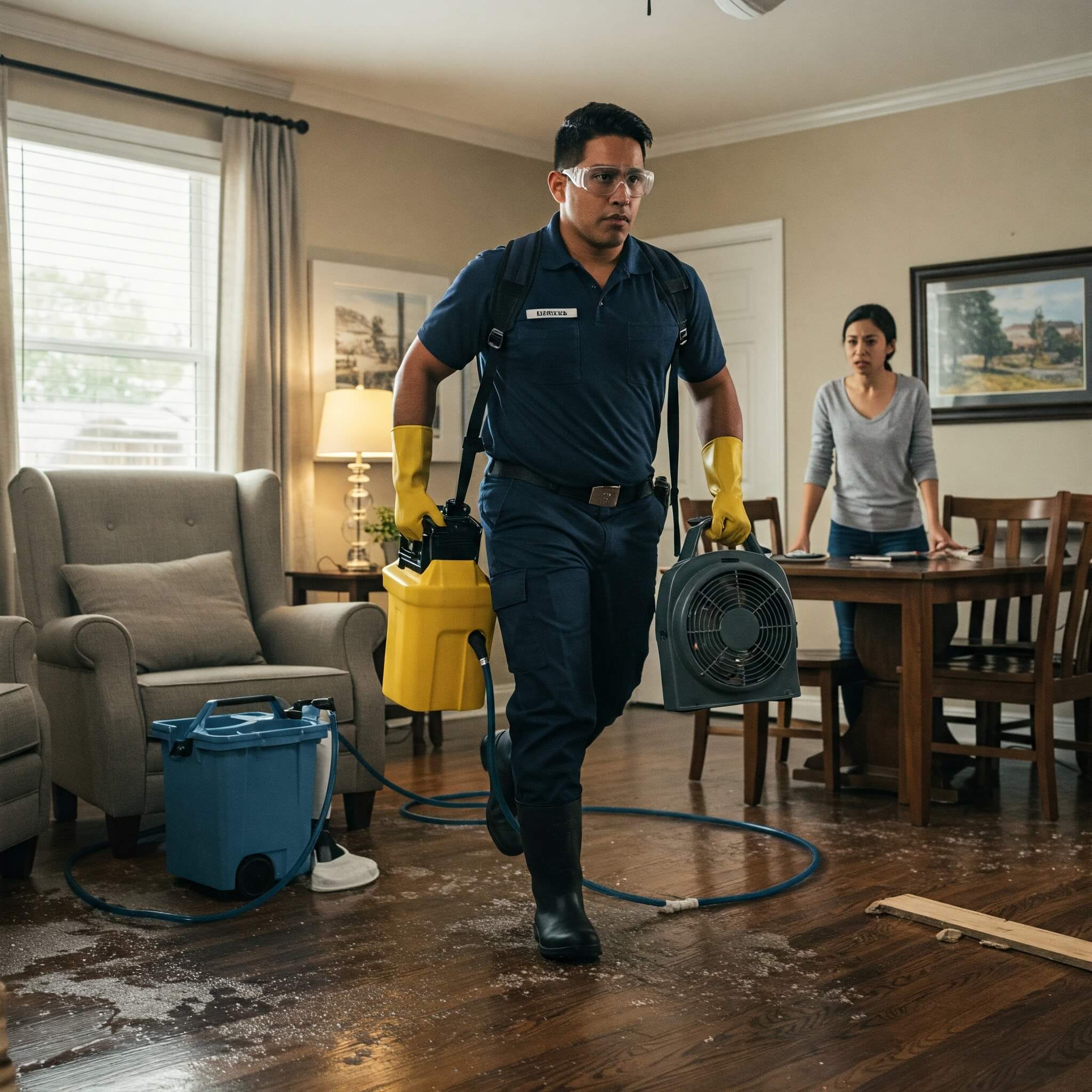
24/7 Emergency Response
Time is a crucial factor when it comes to water damage restoration. Our team is available around the clock to provide immediate water damage repair and prevent the issue from escalating further.

Transparent Process
We keep you informed at every step of the water damage repair process, providing clear communication and straightforward explanations that are clear and without confusion. There are no surprises at WetReset—only quick, professional solutions.

Advanced Technology
Using our state-of-the-art water damage repair equipment, we ensure thorough and complete water damage remediation. Our tools include moisture meters, industrial fans, and dehumidifiers, among others, to guarantee highly effective water remediation results.

Customer-First Approach
Your satisfaction is our absolute priority. We treat your property with the utmost care and work diligently and effectively to restore it to its pre-damage condition.
Full Insurance Support and Quality Assurance
We know how overwhelming water damage can be, especially when dealing with water damage insurance claims. With WetReset, you can rest assured that we work directly with your insurer, using industry-standard tools like Xactimate to ensure accurate estimates and get the most out of your water damage restoration claim. With our complete insurance claim management, you can focus on recovery while we handle the details.
Additionally, we also back our services with a full satisfaction guarantee. From the initial assessment to the final inspection, our licensed professionals are committed to restoring your property with precision and care. If you’re not satisfied, we’ll make it right—no questions asked.
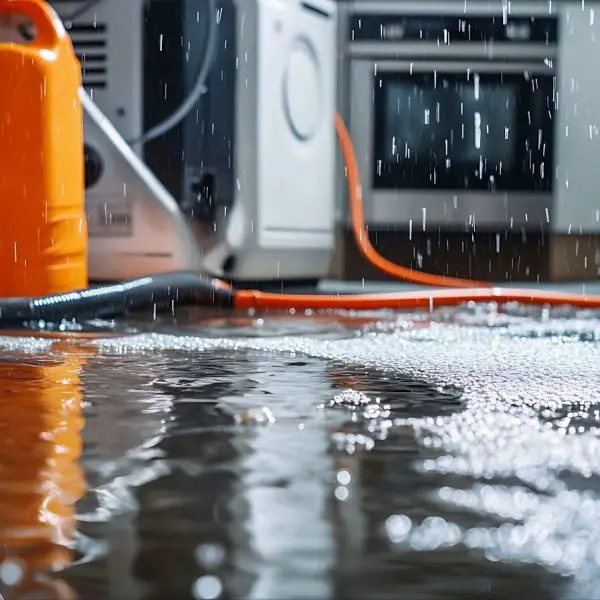
Get Help Now!
Don’t let water damage disrupt your life – schedule an expert water damage restoration service before the issue grows out of control. Our experts are ready to assist with quick and reliable solutions to protect your property and your peace of mind.
Water Damage Restoration Services FAQs
What is the first step in water damage restoration?
The first step is to assess the extent of the water damage. Our experts will identify the source, stop further water intrusion, and devise an effective plan for the water damage repair.
How long does water damage restoration take?
Essentially, it all depends on the severity of the water damage. While small-scale issues might take 1-3 days, extensive water damage repairs could take a week or more. We’ll provide a detailed timeline after our initial assessment.
Will my insurance cover water damage restoration?
Insurance policies usually cover water damage restoration caused by sudden and accidental events. Either way, we work closely with insurers to ensure the claims process is as stress-free as possible.
How do I know if all the water has been removed?
Our technicians use advanced moisture detection tools to ensure no hidden water remains in your property. This step is important (and commonly overlooked by many) for preventing mold growth and structural damage.
What can I do to minimize damage before professionals arrive?
If possible, turn off the water source, remove valuable items, and avoid walking through standing water. Call us immediately for assistance!
